Quadratic Formula Discriminant Worksheet
In order to solidify your understanding of the quadratic formula and discriminant, a comprehensive worksheet can be a valuable tool. Designed to provide practice and reinforcement, this worksheet focuses on the subject of quadratic equations and their components. By engaging with this worksheet, you can improve your proficiency in solving quadratic equations, identifying the number and type of solutions, and harnessing the power of the discriminant.
Table of Images 👆
More Other Worksheets
Kindergarten Worksheet My RoomSpanish Verb Worksheets
Cooking Vocabulary Worksheet
DNA Code Worksheet
Meiosis Worksheet Answer Key
Art Handouts and Worksheets
7 Elements of Art Worksheets
All Amendment Worksheet
Symmetry Art Worksheets
Daily Meal Planning Worksheet
What is the purpose of the discriminant in the quadratic formula?
The purpose of the discriminant in the quadratic formula is to determine the nature of the roots of a quadratic equation. By evaluating the discriminant, which is the part of the quadratic formula given by b^2 - 4ac, one can determine if the equation has two real and distinct roots, two real and equal roots, or two complex conjugate roots. This information is crucial in understanding the behavior and properties of the quadratic equation.
How is the discriminant calculated?
The discriminant is calculated as b^2 - 4ac, where a, b, and c are coefficients of a quadratic equation in the form ax^2 + bx + c = 0. This value helps determine the nature and number of solutions the quadratic equation may have: if the discriminant is positive, there are two real solutions; if it is zero, there is one real solution; and if it is negative, there are two complex solutions.
What does a positive discriminant indicate about the quadratic equation?
A positive discriminant in a quadratic equation indicates that the equation has two distinct real roots. This means that the parabola represented by the equation intersects the x-axis at two different points, showing that the equation has solutions that are real numbers.
What does a negative discriminant indicate about the quadratic equation?
A negative discriminant in a quadratic equation indicates that the equation has no real roots, meaning it does not intersect the x-axis and therefore has complex roots instead of real ones. This occurs when the quadratic equation does not have any intersection points with the x-axis, resulting in imaginary solutions.
What does a discriminant of zero indicate about the quadratic equation?
A discriminant of zero in a quadratic equation indicates that the equation has exactly one real root, which means that the parabola described by the equation touches the x-axis at a single point. This occurs when the quadratic equation has repeated or double roots.
How is the discriminant used to determine the number of real solutions of a quadratic equation?
The discriminant of a quadratic equation, which is calculated as b^2 - 4ac (where the equation is ax^2 + bx + c = 0), is used to determine the number of real solutions the quadratic equation has. If the discriminant is positive, the equation has two distinct real solutions. If the discriminant is zero, the equation has one real solution (a repeated root). Lastly, if the discriminant is negative, the equation has no real solutions, but instead has two complex conjugate solutions.
Can the discriminant be used to find the actual solutions of a quadratic equation?
Yes, the discriminant of a quadratic equation, which is represented as the term under the square root in the quadratic formula, can be used to determine the nature and number of solutions. If the discriminant is positive, the equation will have two distinct real solutions. If it is zero, the equation will have one real solution. And if the discriminant is negative, the equation will have two complex solutions. Therefore, while the discriminant does not directly give the actual solutions, it provides information that helps in determining the type and quantity of solutions.
What is the relationship between the discriminant and the graph of a quadratic equation?
The discriminant of a quadratic equation determines the nature of the roots of the equation on its graph. If the discriminant is positive, the graph of the quadratic equation will intersect the x-axis at two distinct real roots. If the discriminant is zero, the graph will touch the x-axis at one real root. And if the discriminant is negative, the graph will not intersect the x-axis, indicating that the equation has two complex conjugate roots that do not lie on the real number line.
How can the discriminant be classified as equal to a perfect square?
The discriminant of a quadratic equation can be classified as equal to a perfect square if the discriminant, which is the part of the quadratic formula under the square root sign, is the square of an integer. In other words, if the discriminant is a perfect square, it means that when you take the square root of the discriminant value, you get a whole number, indicating that the quadratic equation will have two real and equal roots.
Is it possible for the discriminant to be undefined in the quadratic formula?
No, the discriminant in the quadratic formula is always defined and can be calculated using the formula ? = b^2 - 4ac, where a, b, and c are the coefficients of the quadratic equation ax^2 + bx + c = 0. The value of the discriminant determines the nature of the solutions to the quadratic equation.
Have something to share?
Who is Worksheeto?
At Worksheeto, we are committed to delivering an extensive and varied portfolio of superior quality worksheets, designed to address the educational demands of students, educators, and parents.

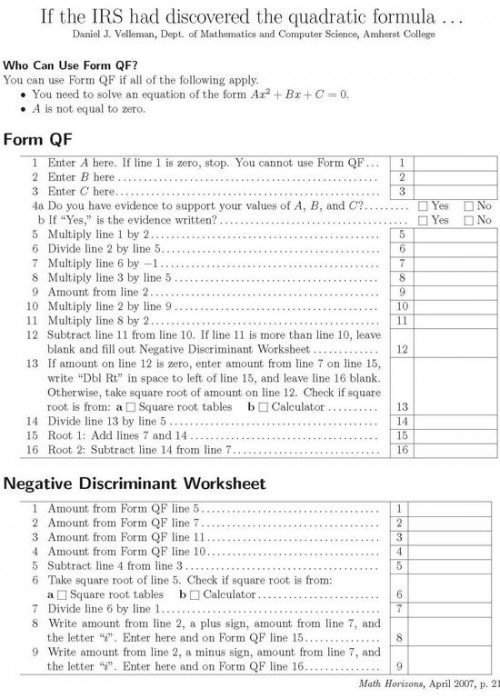




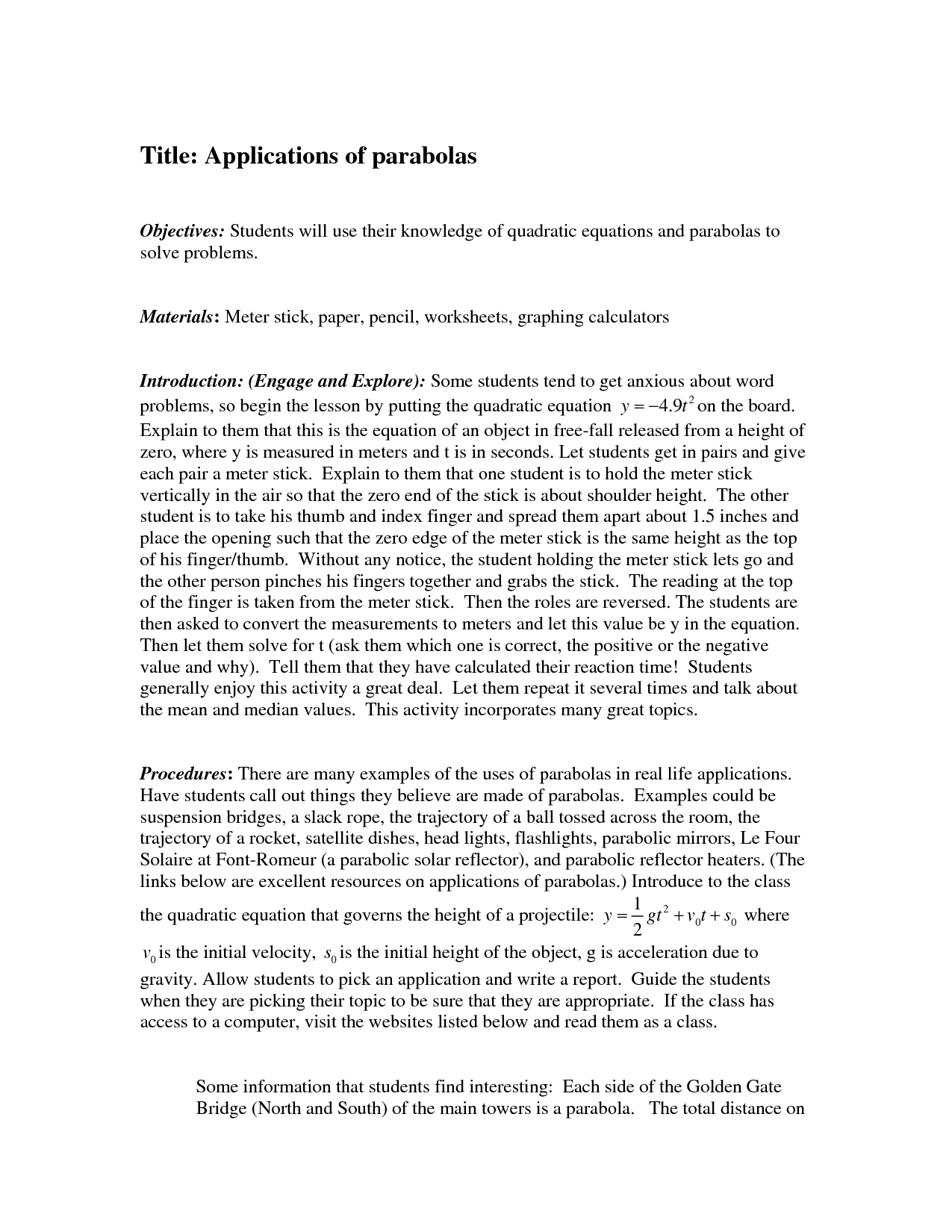
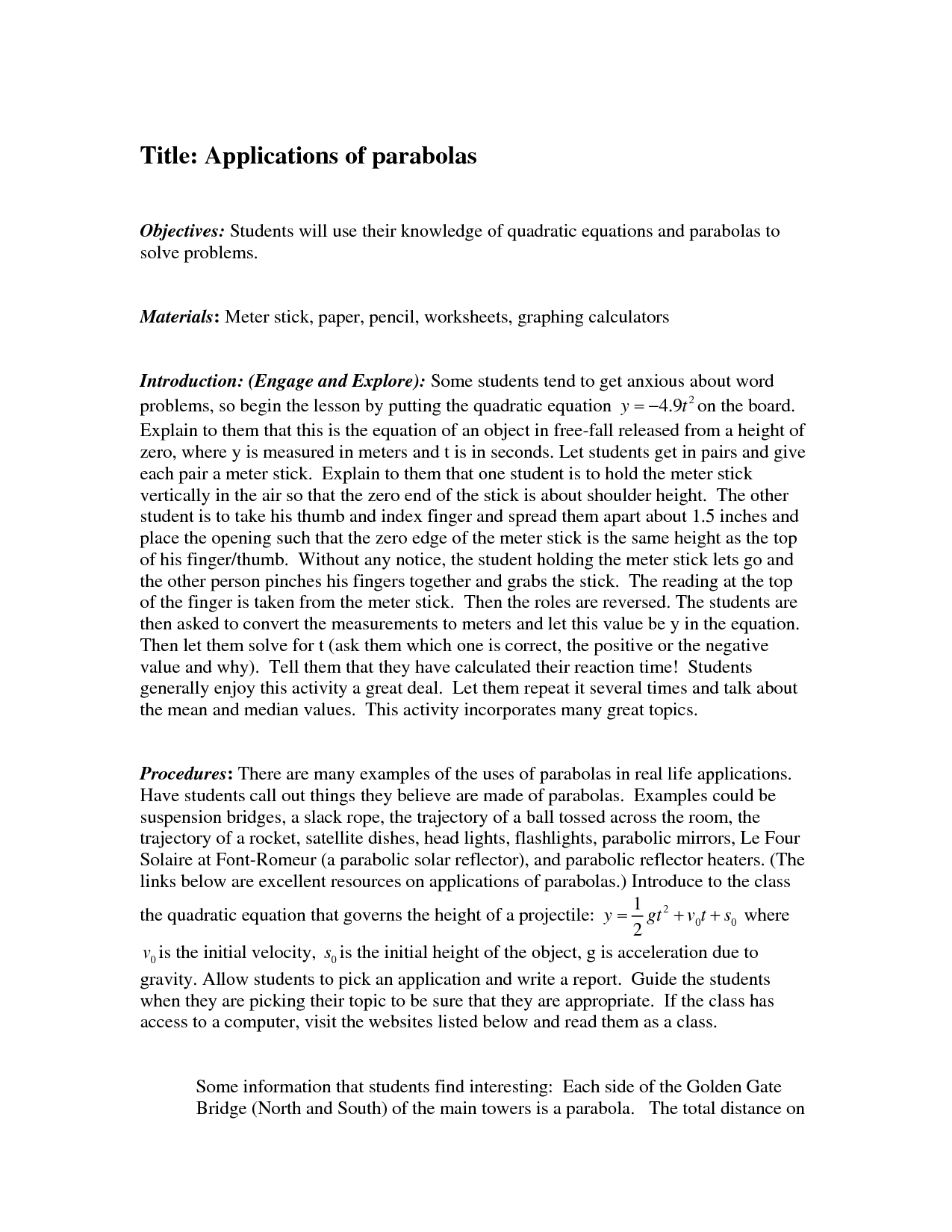
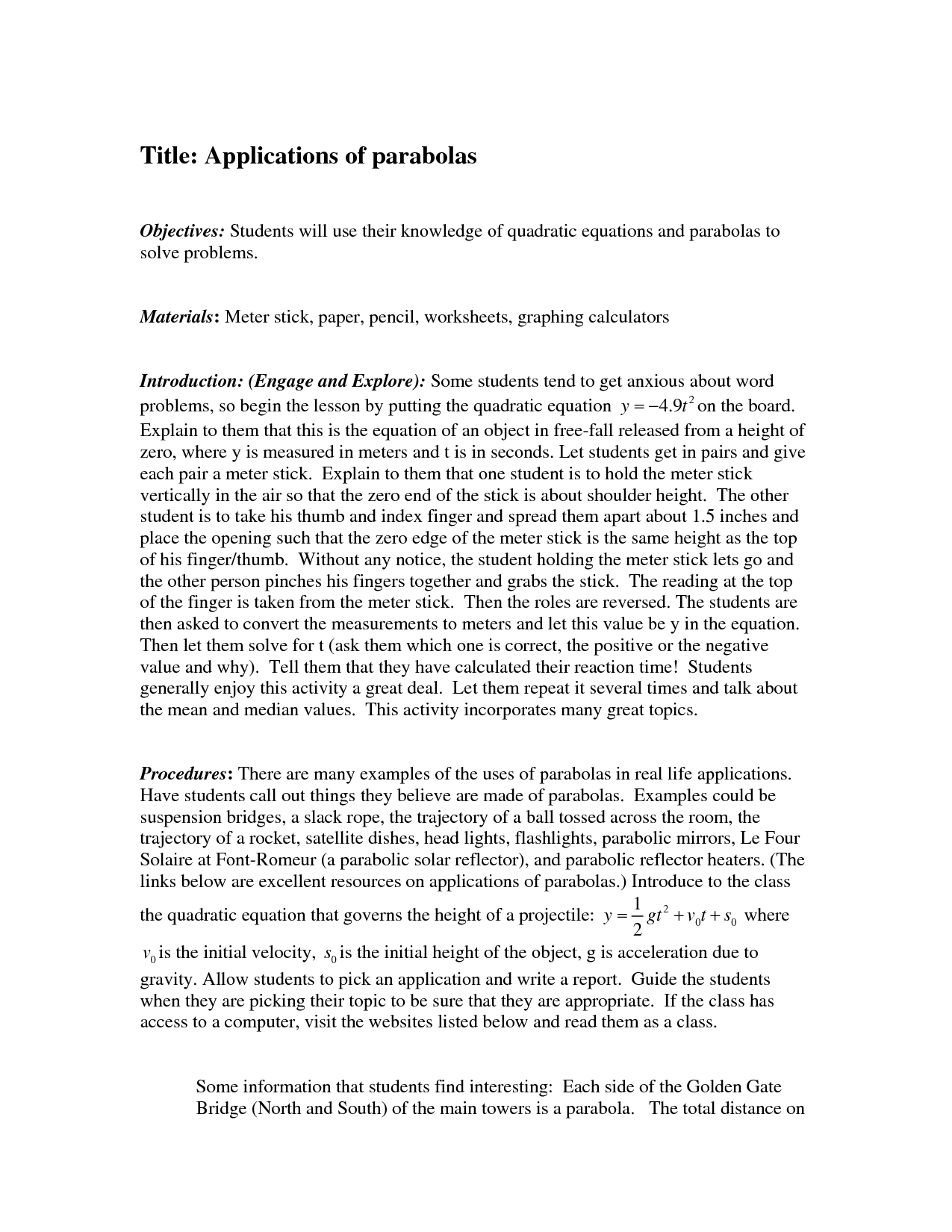

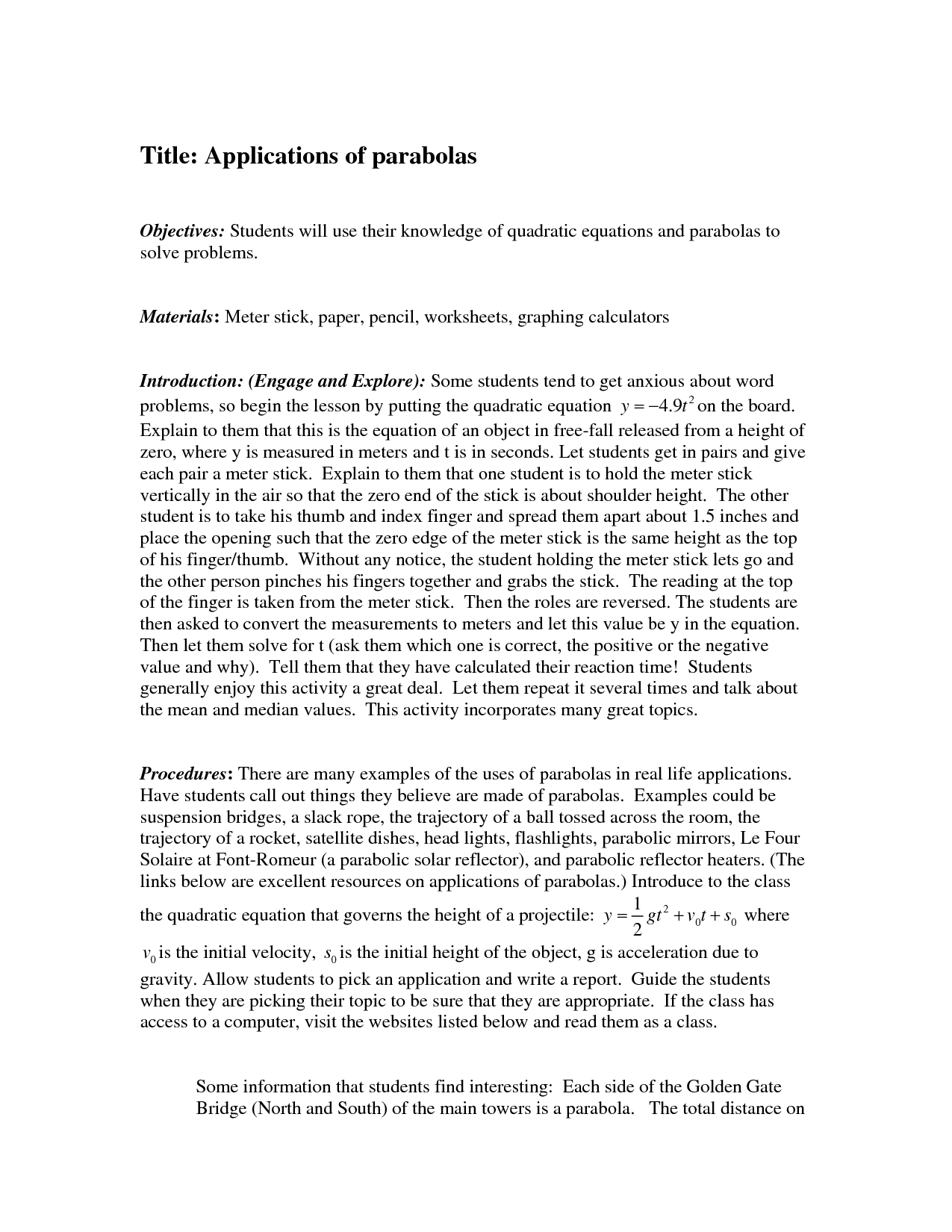
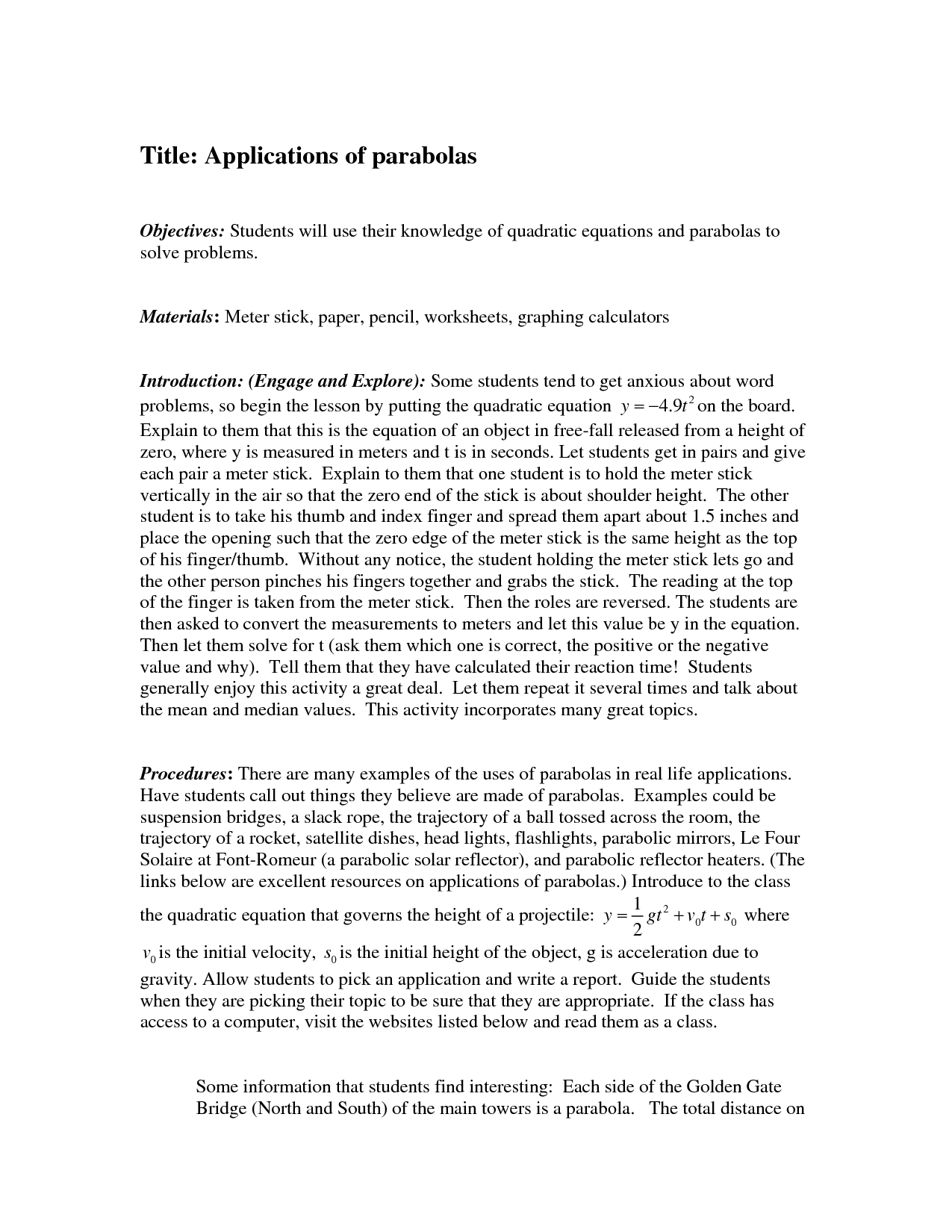
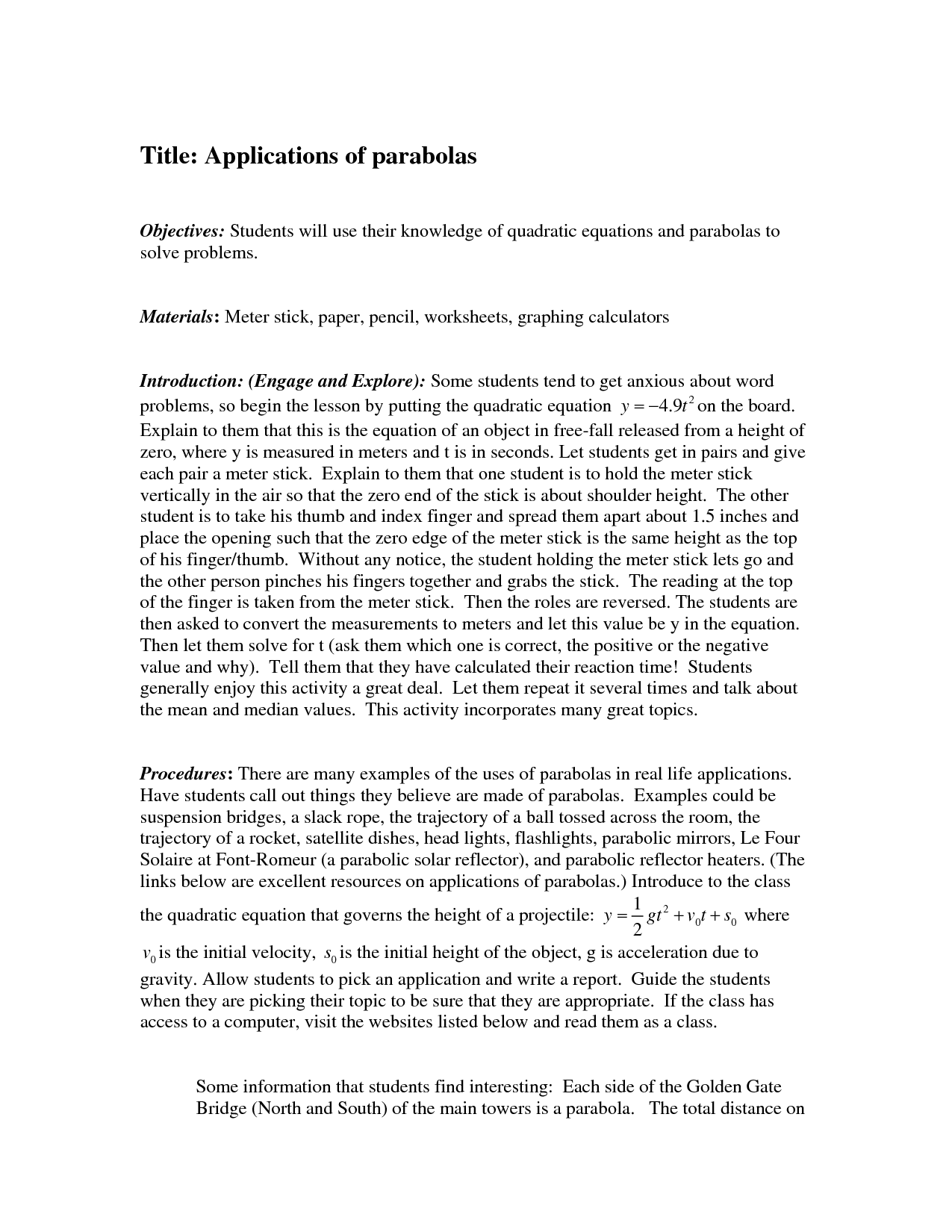
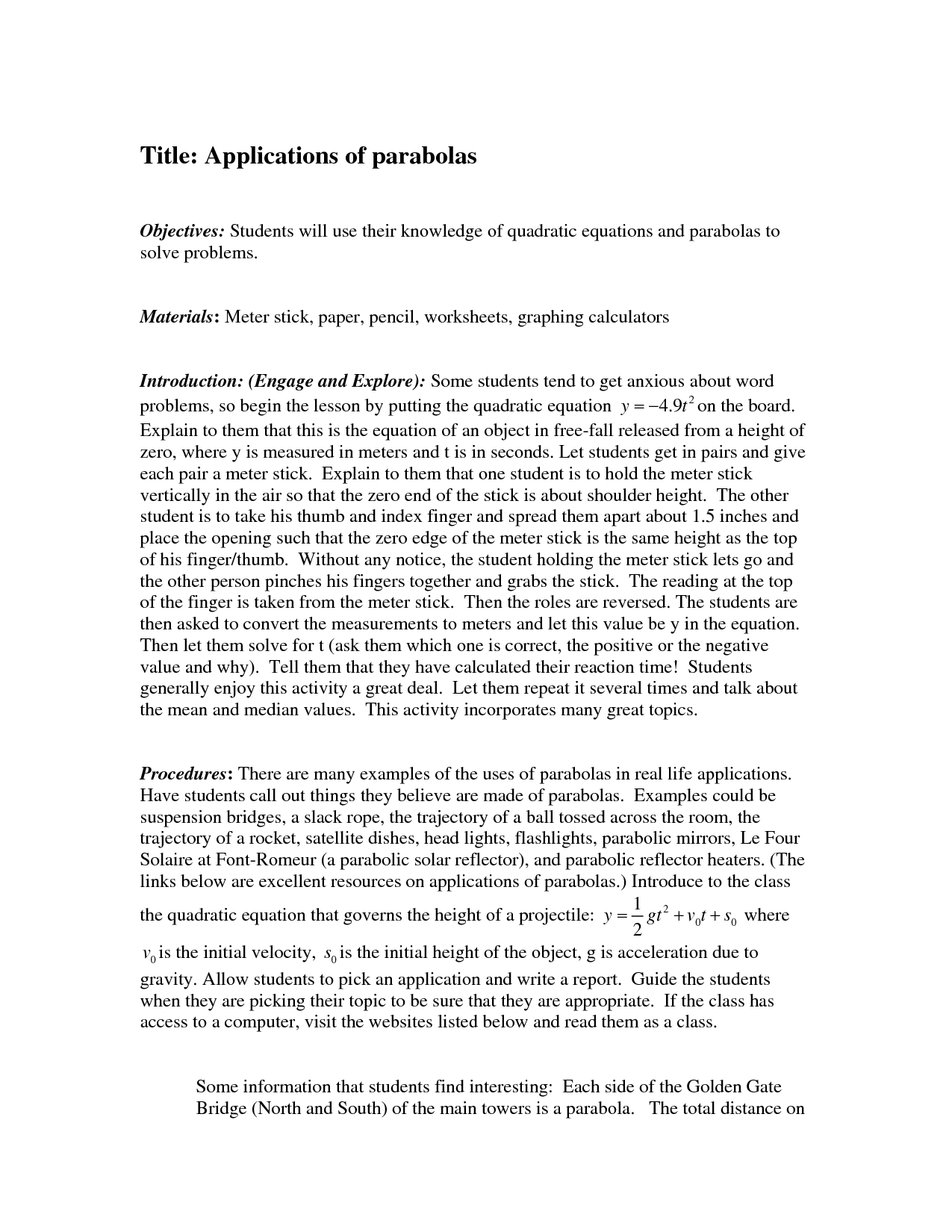
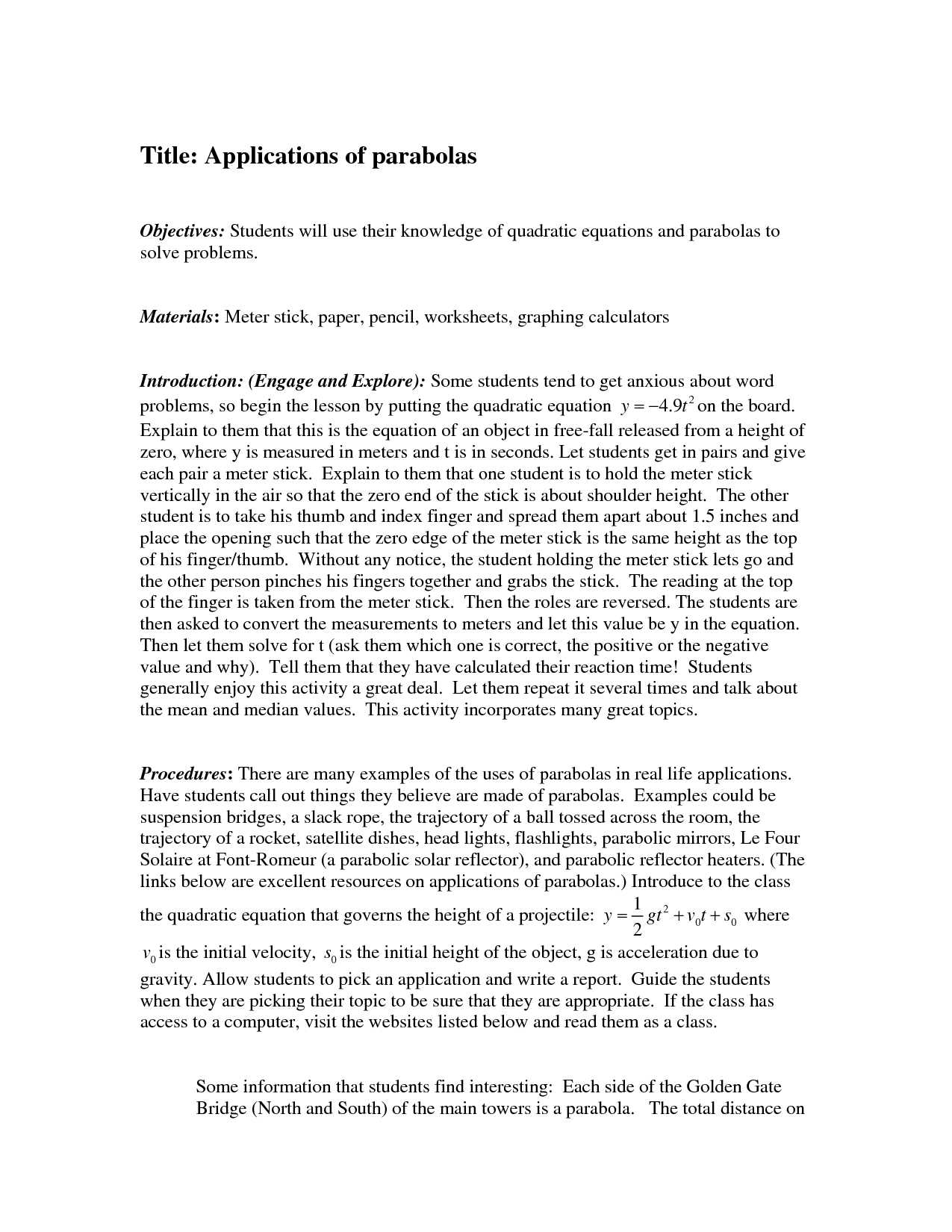
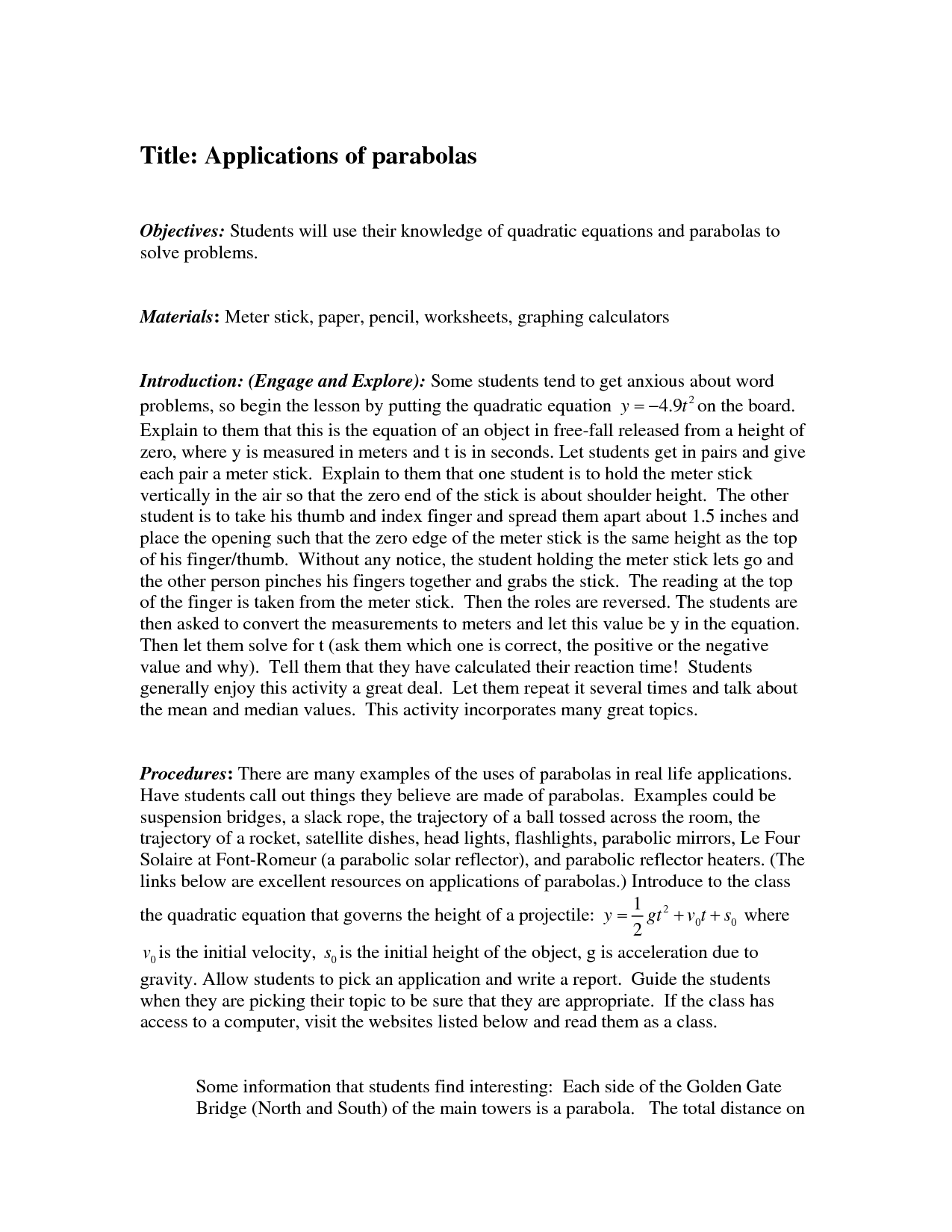
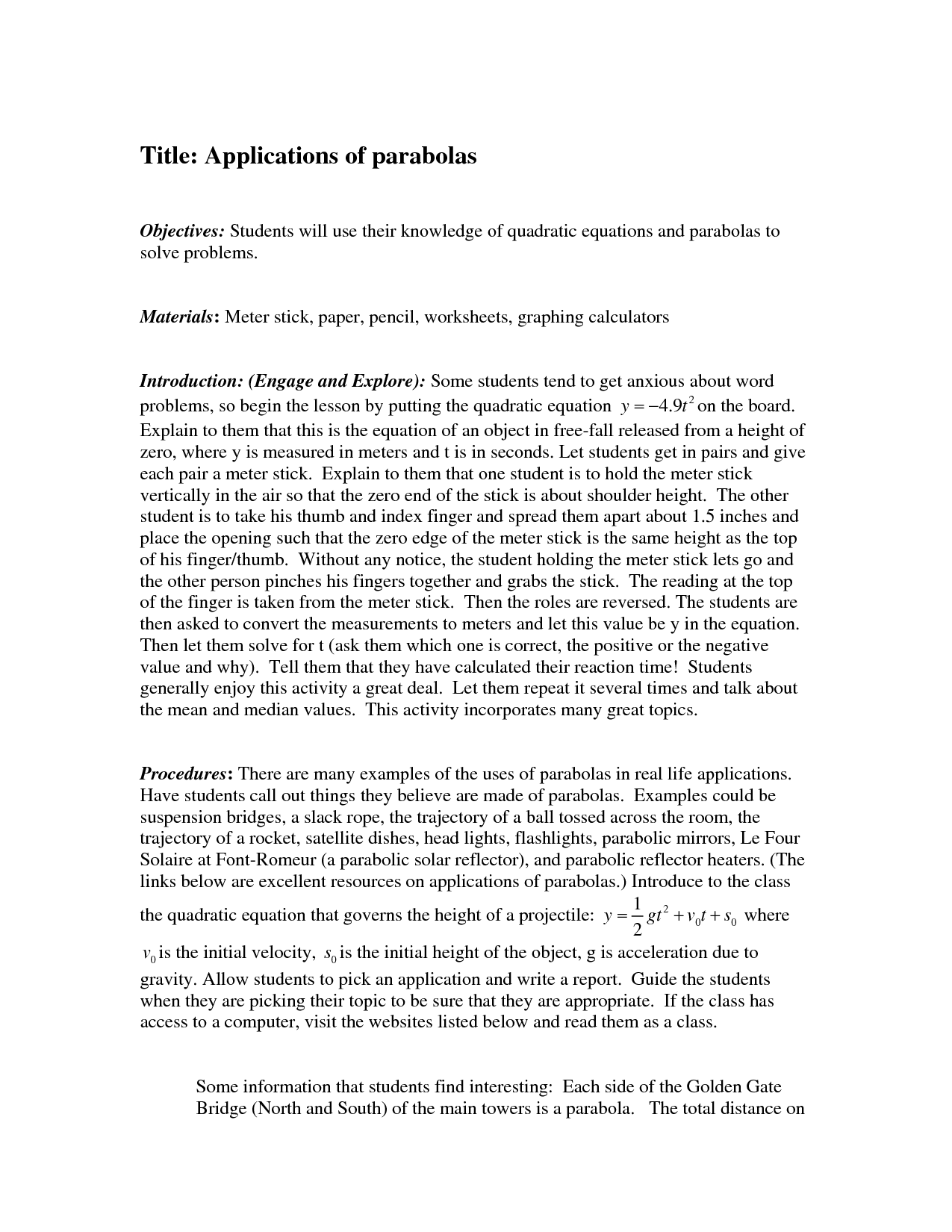
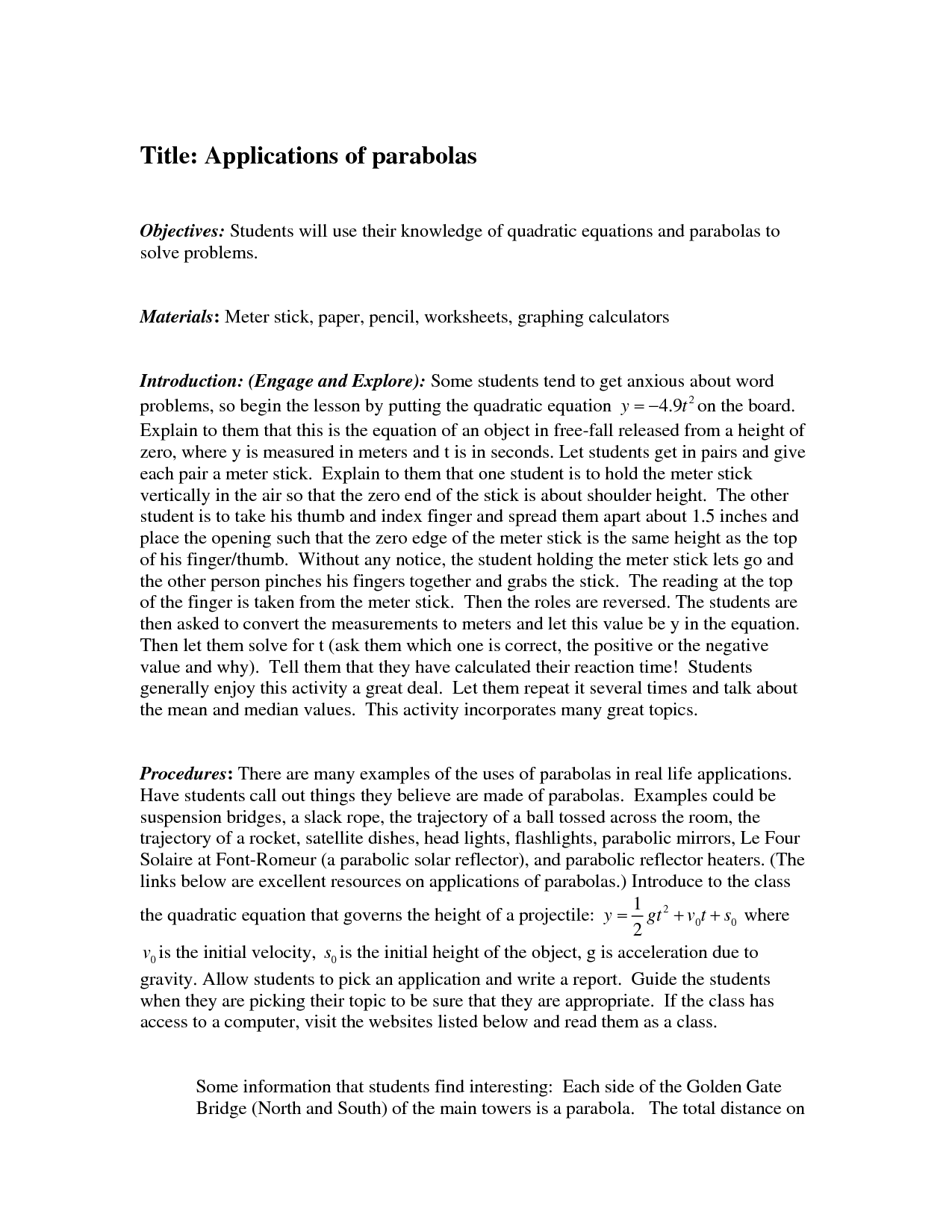
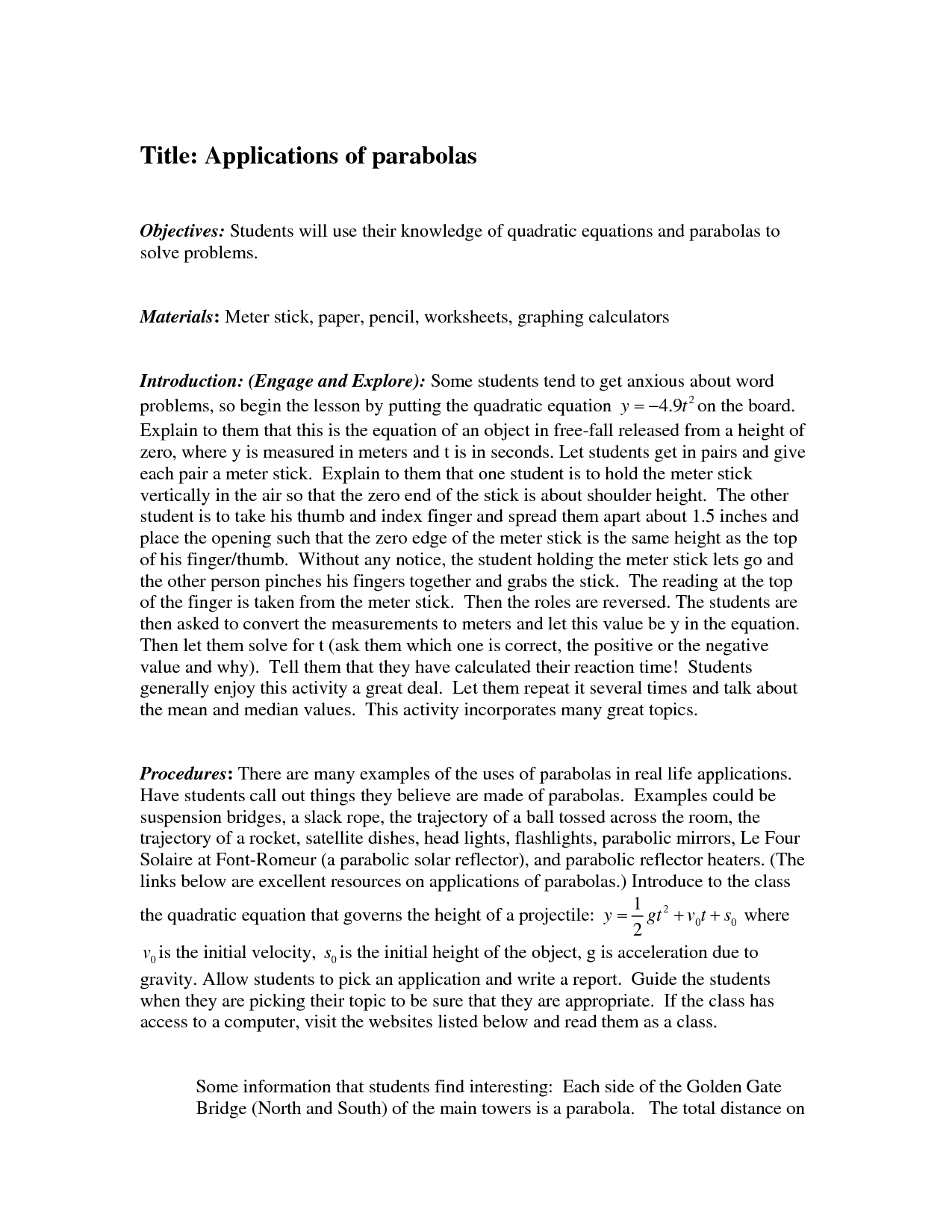
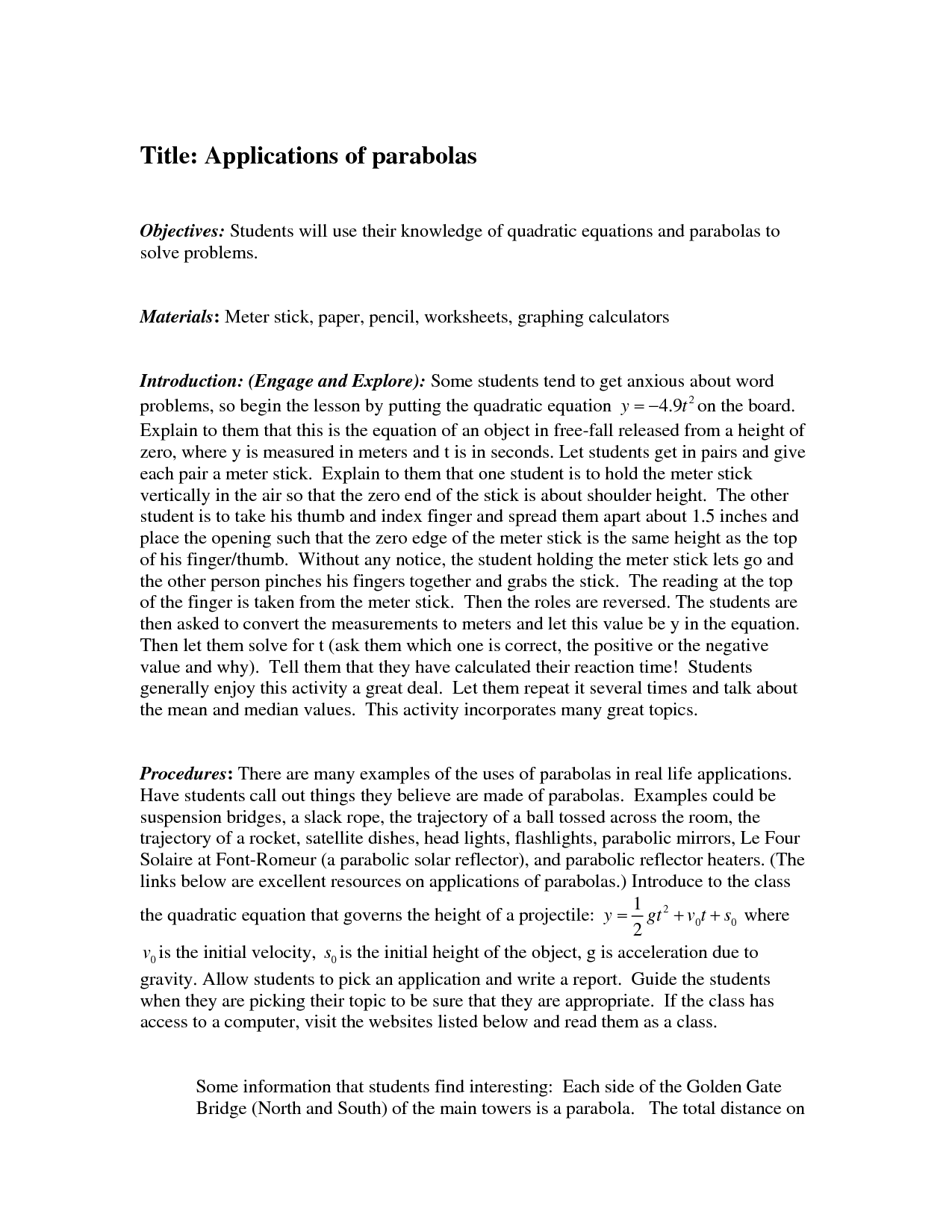














Comments